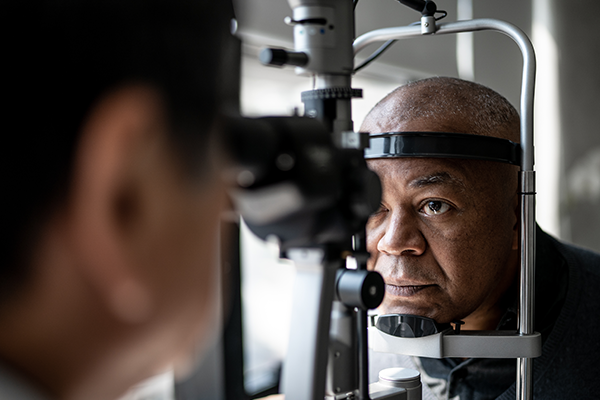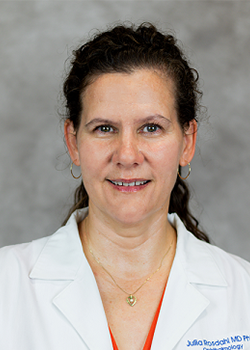
A new study published in the August issue of Ophthalmology Epidemiologyreveals one-third of glaucoma patients stop seeing their eye doctor for regular check-ups over a 10-year period.
The study of 395 glaucoma patients conducted at Duke University School of Medicine found that missed doctor appointments were associated with disease progression and vision loss.
“Most people who are treated for glaucoma don’t become legally blind,” said senior study author Jullia Rosdahl, MD, PhD, glaucoma specialist at Duke Eye Center and associate professor of ophthalmology at the Duke School of Medicine.

“Early diagnosis, adhering to treatment, coming to follow-up appointments, those are the things that we know can help slow the disease and prevent significant vision loss,” she said.
Since glaucoma has no early symptoms, and changes in vision are subtle, the eye condition has earned a reputation as a “silent thief of sight.”
It begins by disrupting peripheral vision, the side vision that allows you to see things that are not directly in front of you, such as cars coming from the side, or people walking behind you.
WATCH: How to Tell If You Have Glaucoma Duke Health
There is no cure for glaucoma and treatments are designed to protect vision and prevent glaucoma from getting worse. Regular follow-up appointments – at least once a year – are important to allow doctors to monitor the progression of the disease and adjust treatments as needed.
The study also found that only 17% of the patients who became lost to follow-up, which researchers defined as going 52 weeks without seeing an eye doctor, later returned to care. Black patients, men and those with severe vision loss were most likely to drop out of care.
Of those who returned, two-thirds had experienced disease progression or a complication.
“This suggests that loss to follow-up can have serious consequences for glaucoma patients,” said lead study author Andrew Williams, MD, an assistant professor of ophthalmology at the University of Pittsburgh Medical Center who completed a glaucoma fellowship at Duke.
The study was conducted at a single institution so the results may not apply to all glaucoma patients. Additionally, the study did not look at the reasons for loss to follow-up, so more research is needed to understand factors that contribute to loss to follow-up and ways to promote regular glaucoma care.
The new study is one of the few about loss to follow-up in glaucoma care covering a 10-year period. It’s important long-term insight for specialists like Rosdahl who might care for patients over decades -- from diagnosis in their 50s or 60s until older age.
Doctors have an evolving number of treatment options to offer. Eye pressure is a key factor in glaucoma, and treatments are aimed at lowering it using eye drops, lasers, and surgeries.
“There is a lot happening in the field of glaucoma treatment,” said Rosdahl. “We have new imaging technologies that can help us diagnose earlier before a patient has symptoms, new classes of medications that are more effective and new surgical procedures that are less invasive and reduce the number of eye drops patients need to take.”
Additional University of Pittsburgh study authors are Tadhg Schempf, MD, and Peggy J. Liu, PhD.
The study was supported with funding from the Henry L. Hillman Foundation, the National Institutes of Health CORE grant P30 EY08098, the Eye and Ear Foundation of Pittsburgh, and an unrestricted grant from Research to Prevent Blindness to the Department of Ophthalmology at the University of Pittsburgh.